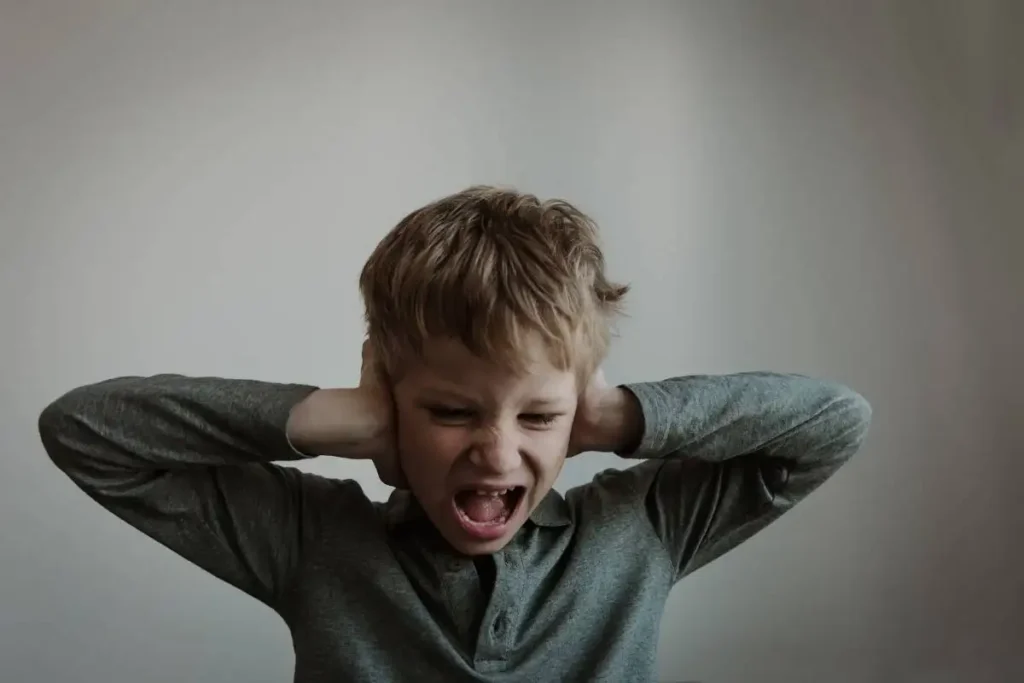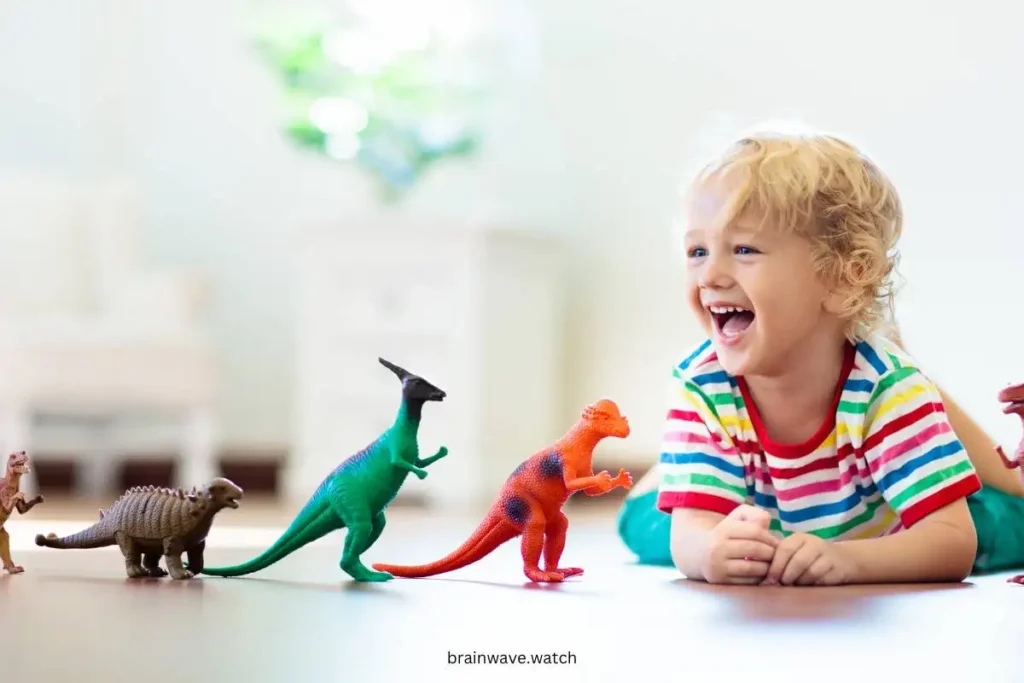Pencil grip is the way a child holds a pencil or pen while writing. An effective pencil grip ensures that the child can write for an extended period without experiencing discomfort or fatigue. Children with autism may have difficulty with pencil grip due to poor muscle tone, sensory processing issues, or motor planning challenges.
Not all children with autism have difficulty with pencil grip, and each child’s needs and abilities are unique. Therefore, it is important to work with a qualified occupational therapist to assess the child’s specific needs and develop an individualized plan to improve pencil grip.
Several strategies can be used to improve pencil grip in children with autism. These strategies include:
- Using adaptive writing tools such as pencil grips, weighted pencils, or slant boards to provide additional support and stability while writing.
- Incorporating sensory activities such as squeezing a stress ball or playing with putty to improve hand strength and dexterity.
- Practicing fine motor activities such as stringing beads, cutting with scissors, or drawing shapes to improve hand-eye coordination and motor planning.
- Encouraging proper posture and positioning while writing to reduce fatigue and discomfort.
Assessment of Pencil Grip
Before addressing how to improve pencil grip in autism, it is important to identify the challenges that individuals with autism may face. Some of the common challenges include difficulty with fine motor skills, decreased hand strength, and difficulty with hand-eye coordination. These challenges can make it difficult for individuals with autism to hold a pencil correctly and write legibly.
Tools for Evaluation
Several tools can be used to evaluate an individual’s pencil grip. One such tool is the “Handwriting Assessment Protocol (HAP)” which assesses a child’s handwriting skills and identifies areas that need improvement. The HAP evaluates the child’s pencil grip, letter formation, and spacing between letters and words.
Another tool that can be used is the “Evaluation Tool of Children’s Handwriting (ETCH)” which evaluates a child’s handwriting skills and identifies areas that need improvement. The ETCH assesses the child’s pencil grip, letter formation, and spacing between letters and words. It also evaluates the child’s ability to write within given lines and the overall legibility of their handwriting.
Occupational therapists may also use observation to evaluate an individual’s pencil grip. During an observation, the therapist may assess the individual’s hand strength, fine motor skills, and hand-eye coordination. Based on the evaluation results, the occupational therapist will develop a treatment plan to improve the individual’s pencil grip and overall handwriting skills.
Strategies for Improvement
Improving pencil grip in children with autism requires a combination of strategies that address the underlying issues that cause the difficulty in the first place. Here are some effective strategies that can help:
Grip Aids and Tools
Using grip aids and tools can be beneficial in improving pencil grip in children with autism. These tools can provide extra support and structure for the fingers, making it easier to hold and control the pencil. Some examples of grip aids and tools include:
- Claw Grip or Stylo Grip: These grips have specific slots for fingers to rest in when writing, providing a lot of structure and support.
- Golf Pencil: Using a smaller golf pencil is often easier for students to control and facilitates a more functional pencil grasp.
- Pencil Grips: There are many different types of pencil grips available that can help children with autism improve their pencil grasp. Some popular options include the Grotto Grip, The Pencil Grip, and the Crossover Grip.
Exercises and Activities
Exercises and activities can help children with autism develop the fine motor skills needed for proper pencil grip. These activities can be fun and engaging, making them an effective way to improve pencil grip. Some examples of exercises and activities include:
- Finger Walks: Hold the pencil at the fingertips, ready for writing, then “walk” the fingers to the eraser end of the pencil, then back to the tip.
- Windmill Turns: Turn the pencil between the thumb and fingertips, trying to turn it like a windmill in one direction, then the other.
- Drawing Shapes and Letters: Start with simple shapes like circles, triangles, and squares, then move on to drawing letters in the air. Since many children who have autism are visual learners, it may help to draw these shapes and letters with a bold marker on a piece of paper.
Ergonomic Considerations
Ergonomic considerations can also help improve pencil grip in children with autism. These considerations include things like the type of pencil, the writing surface, and the position of the body. Some ergonomic considerations to keep in mind include:
- Pencil Type: Choosing the right pencil can make a big difference in improving pencil grip. A pencil with a larger barrel may be easier for some children to hold, while a pencil with a softer grip can provide more comfort.
- Writing Surface: The writing surface should be at a comfortable height and angle for the child. Consider using a slanted writing surface or a clipboard to make writing more comfortable.
- Body Position: The child’s body position should be considered when working on improving pencil grip. Make sure the child is sitting at a comfortable height and angle, and that their feet are flat on the ground.
Creating a Supportive Environment
Children with autism often require a supportive environment to improve their pencil grip. The following techniques can help create an environment that encourages children to develop better pencil grip.
Adaptive Learning Techniques
Adaptive learning techniques are designed to help children with autism develop fine motor skills, including pencil grip. One such technique is the use of adaptive writing tools, such as pencil grips, weighted pens, and slant boards. These tools can help children with autism develop a better grip and control of the pencil.
Another technique is the use of sensory integration therapy, which can help children with autism develop better body awareness and coordination. This therapy can include activities such as playing with playdough, finger painting, and other tactile activities that can help children develop better fine motor skills.
Inclusive Classroom Practices
Inclusive classroom practices can also help create a supportive environment for children with autism. Teachers can provide a variety of writing tools, such as different types of pencils, pens, and markers, to help children find the tool that works best for them. Teachers can also provide regular breaks during writing activities to help children with autism relax and refocus.
They can create a comfortable and organized classroom environment that is free of distractions, such as loud noises or bright lights. This can help children with autism stay focused and engaged in the writing activity.
Monitoring Progress and Adapting Techniques
Monitor the progress of a child’s pencil grasp development and adapt techniques as needed. This can be done through regular observation and assessment of the child’s writing skills.
One way to monitor progress is to keep a record of the child’s writing samples over time. This can help identify any improvements or areas that need more attention. It can also be helpful to compare the child’s writing to age-appropriate standards to determine if they are on track.
Monitor progress by using a checklist or rubric to assess the child’s pencil grasp and writing skills. This can help identify specific areas that need improvement and guide the selection of appropriate techniques and interventions.
When adapting techniques, it is important to consider the child’s individual needs and preferences. For example, some children may benefit from using a pencil grip or other writing aid, while others may prefer to write without any assistance.
It can also be helpful to provide a variety of writing materials and tools to keep the child engaged and motivated. This can include different types of pencils, pens, markers, and paper.







